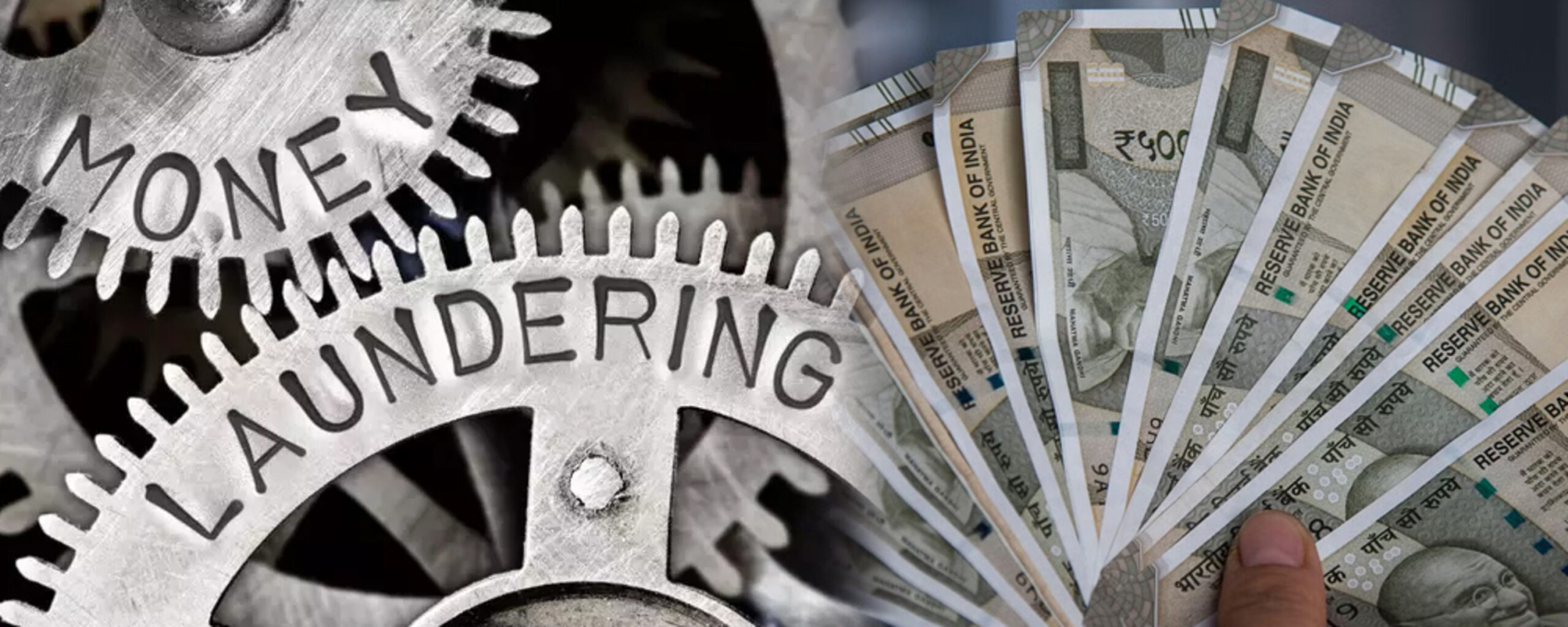Money-Laundering and its prevention.
In News: FATF on India: Effective anti-money laundering system, low prosecution
India faces significant threats from money laundering, primarily driven by various illegal activities within the country. Do you agree? What actions has the government taken to combat money laundering and suggest measures for its effective control?
The Financial Action Task Force (FATF) has highlighted that the country’s main money laundering risks originate from within its borders, emphasising the need for stronger measures to combat these issues.
- Vast economy: India’s large and complex economy provides numerous opportunities for money laundering.
- Illegal activities: Various illegal activities, such as drug trafficking, human trafficking, corruption, and tax evasion, generate substantial amounts of dirty money.
- Complex financial system: India’s diverse financial system, including banks, non-banking financial companies (NBFCs), and remittance channels, can be exploited for money laundering.
- Porous borders: India’s long and porous borders make it easier for criminals to move money across the country.
- Lack of awareness: Limited public awareness about money laundering can hinder its detection and prevention.
Government actions to combat money laundering:
- Legislation: The Prevention of Money Laundering Act (PMLA) provides the legal framework for combating money laundering.
- Financial Intelligence Unit (FIU): The FIU-India gathers and analyses information related to suspected money laundering.
- Regulatory measures: The Reserve Bank of India (RBI) and other financial regulators implement KYC norms, reporting requirements, and restrictions on cash transactions.
- International cooperation: India cooperates with other countries through the Financial Action Task Force (FATF); India is a signatory to the Vienna Convention to combat Money Laundering and other relevant conventions of the UN.
- Increased investigations: The Enforcement Directorate (ED) has ramped up investigations into money laundering cases,
- Financial intelligence sharing: Indian authorities have improved cooperation and coordination on illicit financial flows, utilising financial intelligence effectively to combat money laundering.
Suggestive measures for effective control:
- Fast-track prosecution processes: To address the backlog of money laundering cases, India should implement measures to expedite trials and ensure timely convictions.
- Enhanced risk profiling: Financial institutions must improve customer risk profiling and implement stricter Know Your Customer (KYC) processes to better identify suspicious activities.
- Strengthening Non-Profit Oversight: The government should enhance measures to prevent the abuse of non-profit organisations for terrorist financing, including targeted outreach and education on associated risks.
- International cooperation: India should continue to strengthen international cooperation in asset recovery and information sharing to combat cross-border money laundering effectively.
- Public awareness campaigns: Increasing public awareness about the implications of money laundering can foster a culture of compliance and vigilance among citizens and businesses alike.
By addressing these areas, India can enhance its efforts to combat money laundering and mitigate the associated risks effectively.
| PYQ : Money laundering poses a serious threat to country’s economic sovereignty. What is its significance for India and what steps are required to be taken to control this menace? 2013Discuss how emerging technologies and globalisation contribute to money laundering. Elaborate measures to tackle the problem of money laundering both at national and international levels.2021Give out the major sources of terror funding in India and the efforts being made to curtail these sources. In the light of this, also discuss the aim and objective of the No Money for Terror (NMFT Conference recently held at New Delhi in November 2022. 2023 |

